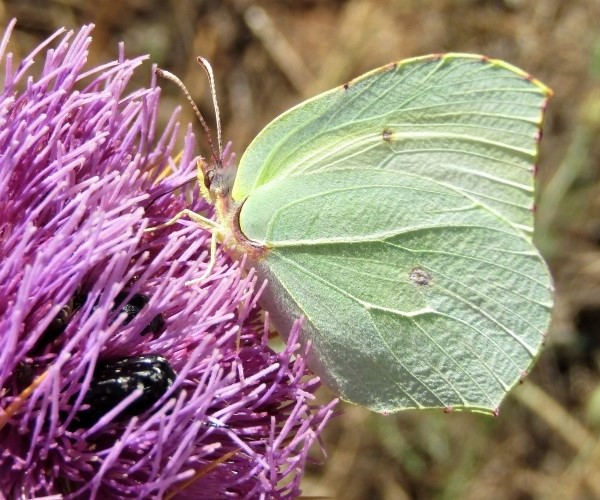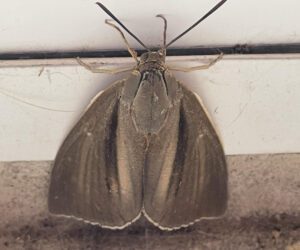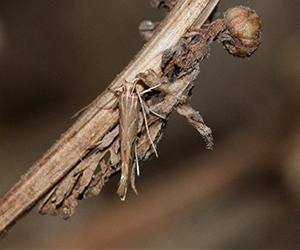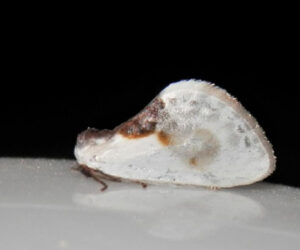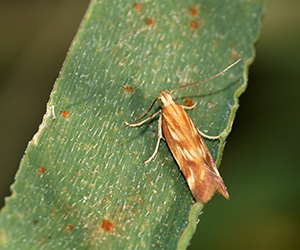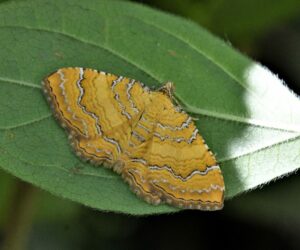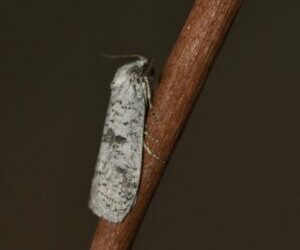
Danaus chrysippus © K. Bormpoudaki
About Βutterflies and Moths of Crete
Butterflies and Moths of Crete
Welcome to the spectacular world of butterflies and moths of Crete and explore the flying wonders of the local natural heritage!
Undoubtedly, butterflies have always been an important part of Cretan biodiversity, depicted on wall paintings, rings, and seals by Minoan artists thousands of years ago.
This website aims to be a useful guide to the lepidoptera of Crete, Greece with detailed information on each species. There is also extra information about a few butterfly habitats on the island.
Finally, a very useful application for identifying any butterflies resident in Greece (© L. N Pamperis) is available.

Scene of tree worship. 1600-1500 BC, Heraklion Arch. Museum

Zerynthia cretica (endemic) – photo © K. Bormpoudaki
Butterflies of Crete – Species
There are 47 confirmed species of butterflies in Crete:
- 45 resident species of butterflies and 2 regular migrants – Vanessa cardui (Painted Lady) and Danaus chrysippus (African Monarch).
- 4 of them are endemic – Zerynthia cretica (Cretan Festoon), Hipparchia cretica (Cretan Grayling), Coenonympha thyrsis (Cretan Small Heath), and Kretania psylorita (Cretan Argus).
There are 236 butterfly species resident in Greece (L.Ν. Pamperis, 2023), and is thus one of the countries in Europe with the richest butterfly fauna.
Moths of Crete – Species
More than 1200 moth species are found on the island of Crete, in a wide range of habitats. There are thought to be approximately 160,000 moth species worldwide, many of which have yet to be described. Most moth species are nocturnal, but there are also crepuscular and diurnal species. Moths are everywhere; from the seaside to almost bare mountain tops, wherever there are plants for caterpillars to eat.
More photographs and detailed information on 450+ moth species on the island of Crete are also available on the species pages; these are listed here alphabetically (A-Z).

Camptogramma bilineata – photo © K. Bormpoudaki

Kretania psylorita (endemic) – photo © K. Bormpoudaki
Lepidoptera and the Ecosystem
Butterflies and moths are indicators of a healthy environment and biodiversity. They are fragile, so they react quickly to environmental changes. Therefore, their struggle to survive is a serious warning about the environment.
Pesticides used in agriculture, habitat destruction, loss, and climate change are some of the biggest threats to Lepidoptera today. Climate and weather patterns are shifting unpredictably in response to pollution of the atmosphere, as their habitats have been destroyed on a massive scale.
But the disappearance of butterflies is more serious than just a loss of color in the countryside. Butterfly populations have declined by high percentages in the last fifty years, according to reports. And most importantly, we should know that butterflies are facing the very real prospect of extinction today.
Ecology Value
Many Lepidoptera are closely linked to specific plants and habitats. So an increase or decrease in their diversity is a sign of the changing quality of a place and the impact of that change on fauna.
Adults and caterpillars are important elements of the food chain. Many predators eat them, including other insects, songbirds, rodents, lizards, turtles, spiders, etc.
In addition, the larvae of a few butterflies eat harmful insects, and a few are predators of ants, while others live as mutualists in association with ants.
Although butterflies and moths may not be as efficient as bees at pollinating plants and crops, they certainly contribute to seed and fruit production.

Coenonympha thyrsis (endemic) – photo © K. Bormpoudaki

Hipparchia cretica (endemic) – photo © K. Bormpoudaki
Appearance -Threats
Adult butterflies have large, often brightly colored wings, and conspicuous, fluttering flights. They are usually polymorphic, and many species use camouflage, mimicry, and aposematism to evade their predators. And some, such as the African Monarch and the Painted Lady, migrate over long distances.
Many butterflies and moths are threatened by parasites or parasitoids, including wasps, protozoans, flies, and other invertebrates, or are preyed upon by other organisms. Furthermore, some species are considered pests because, in their larval stages, they can damage domestic crops or trees. Different species are agents of pollination of some plants. However, Lepidoptera’s most important threats are habitat loss and destruction.
Butterfly and moth species should also be protected against the growing worldwide trade in butterflies which is growing fast due to the lack of restrictions on collecting, importing, buying, or selling Lepidoptera. Endemic, rare, and threatened species are more vulnerable because of their high demand in this market.




